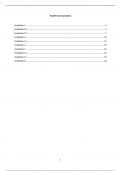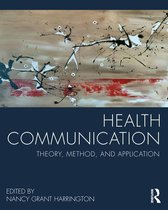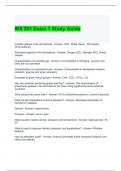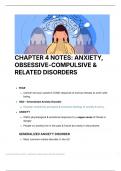Samenvatting
Samenvatting Health Communication - Gezondheidscommunicatie (LET-CIWB257)
- Instelling
- Radboud Universiteit Nijmegen (RU)
- Boek
- Health Communication
Dit is samenvatting van bepaalde hoofdstukken van het boek Health Communication (ISBN: 9780415824545). De hoofdstukken 1, 4, 7, 8, 9, 12, 13, 14, 15 en 16 zijn samengevat. Ze staan in de volgorde van hoe de stof wordt besproken in de colleges van het vak Gezondheidscommunicatie bij de studie Commun...
[Meer zien]







